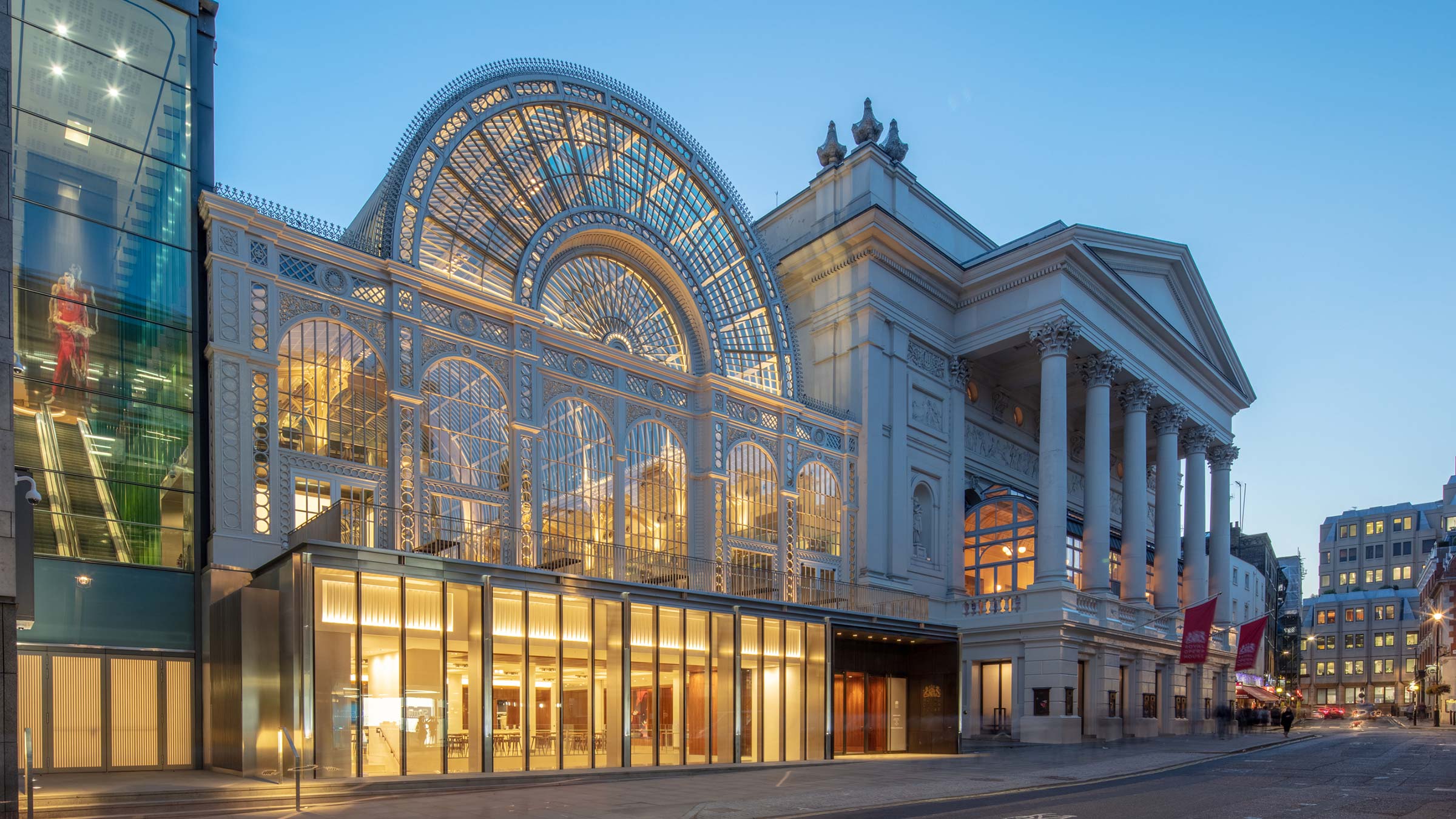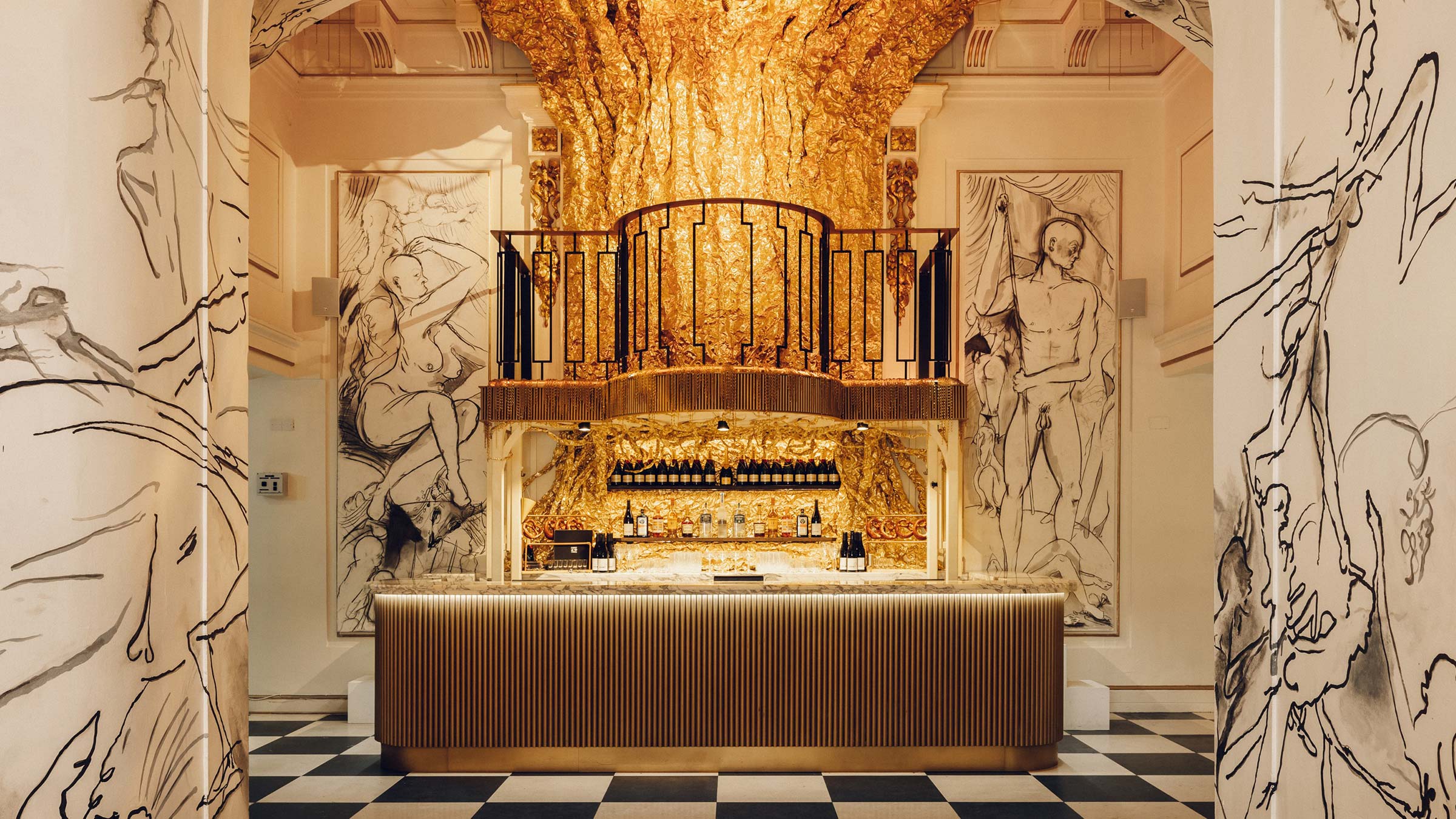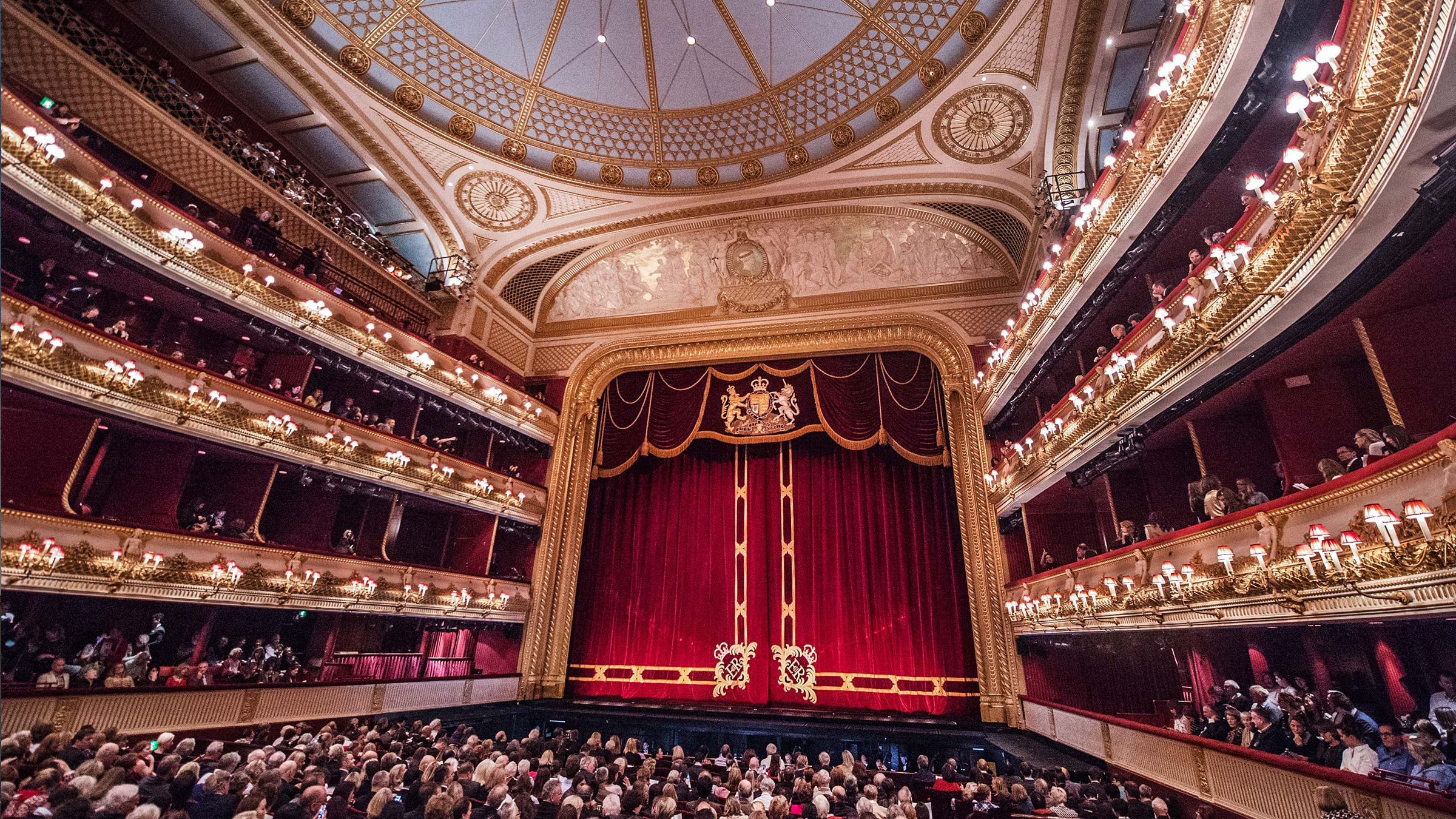In November, the English National Opera was given a piece of advice: develop a new business model. After years of shrinking audiences, Arts Council England slashed the ENO’s annual funding to zero, recommending that the organisation move out of London and find new ways to generate income. While the ENO has succeeded in renegotiating some additional funding, the move sadly feels indicative of the classical arts space today.
Those who know me will know that I’m a firm believer in the value of the classical arts. My background is in operatic theatre, and I’m certain that few other pastimes wield such an influence over the emotions as music. But this corner of the arts sector – encompassing classical music, ballet, theatre and opera – is today facing considerable challenges which pose serious threats to its future.
Many of these challenges aren’t new. The sector has long suffered from an image problem: for decades, people have considered it too expensive, too formal, or simply too highbrow for their tastes. While some of these perceptions are grounded in reality (enjoying Puccini’s masterpiece Tosca at The Royal Opera House could burn a £235-shaped hole in your bank account), the overriding idea that the classical arts can only be appreciated by an elite cognoscenti is a myth that needs busting.
Of course, the last few years have brought fresh obstacles, not least the full closure of venues around the world during Covid-19. And since the pandemic, arts organisations have felt keenly the impact of a labour crunch, an energy crisis, and a cost-of-living squeeze. Combined with swathes of funding cuts from Arts Council England, it has been an extraordinarily problematic period for the sector.

So, what can be done? For me, the answer lies in reframing narratives around arts organisations – not just for audiences, but internally too. In short, businesses and groups in this sector must apply a more commercial lens to their operations in order to survive. After all, what good is genre-defining opera or ballet if there’s no-one there to enjoy it?
“There’s huge positivity in being laser-focused on the art for art’s sake – it means you get better, richer content,” reflected Rebecca Kane Burton, CEO at Sodexo Live! and former CEO at Andrew Lloyd’s Webber’s LW Theatres, when we spoke last week. “But the arts will eventually expel themselves if they don’t ensure they’re commercially viable. It’s not easy, as commerciality and populism can be seen as dirty words in this industry.”
“The arts will eventually expel themselves if they don’t ensure they’re commercially viable.” – Rebecca Kane Burton, CEO at Sodexo Live!
In practice, this means thinking more deliberately about customer experience, re-evaluting marketing strategies, being creative with form and content, and considering the arts as part of a broader consumer ecosystem. Customer experience is perhaps the most pressing area. As anyone who has visited the theatre will know, long queues, weak drinks, and cramped seating have become the accepted norm in many settings. For Mark Cornell, CEO at Ambassador Theatre Group, addressing these issues is a high priority: “We’re trying to combine excellent work on stage with a really great hospitality experience. One without the other is sterile.”
“I think on balance, theatre companies have done an astonishing job of creating amazing work on stage, but, conversely, a less good job of everything else; to address problems with the seating, the loos, the ticketing, and the food and drink offering. Nobody likes to reduce revenue potential but taking seats out to make way for hospitality will be the next bold step.”

ATG is already disrupting the industry – as anyone who has been lucky enough to see Cabaret at the Playhouse will know. Unlike at most productions, Cabaret audiences are entertained long before the curtain rises, entering through the basement entrance into a remodelled theatre which transports punters to the instability and redolent hedonism of Weimar Germany. Signs are in English and German, walls are covered in suggestive paintings, and the gold-adorned bar area is full of buskers and dancers. The performance begins in the foyer, before the audience is ushered into the club environment of the theatre itself (inventively in-the-round, eschewing the more traditional proscenium arch). When normally there would be a pregnant pause before the show begins, table service ensures everyone is refreshed whilst the dancers and musicians continue their revelry ahead of the first act. Seeing Cabaret was a reminder of theatre’s potential, and what happens when organisations think holistically about the customer journey.

The Royal Opera House – a cornerstone of the British classical arts – is also reimagining its proposition. “The venue has diversified its offering to a very high degree in the last five years,” commented Vicky Kington, Head of Communications at the Royal Opera House. “Today, our retail and hospitality outputs are incredibly important, not just for serving existing customers but for bringing new audiences through the doors.”
“Today, our retail and hospitality outputs are incredibly important, not just for serving existing customers but for bringing new audiences through the doors.” – Vicky Kington, Head of Communications at the Royal Opera House
Indeed, there are lessons to be learnt from other areas of the hospitality sector, which have innovated through the disruption of the past few years. “Airlines are always one step ahead,” suggested Rebecca Kane-Burton. “When it comes to frictionless retail, varied hospitality, dynamic pricing and digital tickets, the arts should be looking to airlines for inspiration.”
Clearly, broadening the appeal of the classical arts is a long-term game. But I believe it can be done. After all, if gin (previously known for its portrayal in Hogarthain caricatures) can become the UK’s most popular spirit, then why can’t opera rebrand just as successfully?
The first challenge is making the art form more accessible. In some ways, this is already happening: since the New York Metropolitan Opera first transmitted radio extracts of Tosca and Pagliacci in 1910, opera has been available on the radio for those who wish to seek it out. Today, almost all leading opera companies have distributed their content through live streams into national and international cinemas, offering a more convenient operatic experience for a fraction of the price.
It’s also not uncommon to see ballet, orchestras, and operas in more alternative spaces. The London Mozart Players performed at The Shard to celebrate their 70th anniversary, English National Opera at Glastonbury in 2011, and The Multi-Story Orchestra performs in (you guessed it) multi-story car parks. This author even performed Haydn’s Creation in a former concrete testing facility under the University of Westminster a few years ago.
We’re also seeing modernisation of the content itself. In the past few years, opera has embraced (slightly) more contemporary stories, with productions including The Handmaid’s Tale, It’s a Wonderful Life and more recently The Boy in the Striped Pyjamas.
At the Royal Opera House, the Linbury Theatre offers a space to showcase progressive, modern works which appeal to a different demographic. Vicky Kington tells me about a recent opera called Last Days, which was based on the Gus Van Sant 2005 cult film about the life of Kurt Cobain. “It brought in an entirely new audience base,” she said. “Costumes were designed by Balenciaga, tickets were from as little as £4, and it sold out in a flash. It was the perfect case study for a new, innovative and contemporary work.”

Most organisations today recognise the need to democratise and commercialise the classical arts – but this is not reflected in the sector’s leadership, nor its spokespeople. A quick look at the UK’s classical radio stations, for example, shows that little effort is being channeled into attracting a younger audience (presenters have an average age of mid-fifty). And across the biggest opera and orchestra businesses, not one CEO brings experience from outside classical music.
There is precedent for change. Both Mark Cornell and Rebecca Kane Burton, who I spoke with for this column, are examples of leaders who brought outside perspectives to their roles in the arts. Mark tells me that his background in luxury goods has allowed him to introduce more long-term thinking to ATG: “most producers in theatre are thinking about 12-week runs,” he said. “When I was working at LVMH, we were investing in businesses that we hoped would still be around in 100 years’ time – and I think theatre could benefit from this perspective, especially when it comes to reinvesting in projects that are doing well.”
“I think theatre could benefit from a long-term perspective, especially when it comes to reinvesting in projects that are doing well.” – Mark Cornell, CEO at Ambassador Theatre Group
Rebecca echoed this sentiment, suggesting that the arts should follow in the footsteps of charitable organisations: “around 20 or 30 years ago, charities realised that you need a driven, commercially-focused operator at the top. Arts organisations should be the same – they need to be run like a business.”
In my view, allowing the classical arts to fade into irrelevance would be cultural crisis. Opera doesn’t have to be over-formal – in Mozart’s day, every member of society enjoyed the form, it wasn’t uncommon to turn up late, and audiences would eat and drink throughout the performance. Opera, classical music, theatre and ballet desperately need to enter a new chapter, and while urgent change is needed, I have no doubt that with the right strategies and the right leadership, we will all be enjoying the arts for many years to come.








